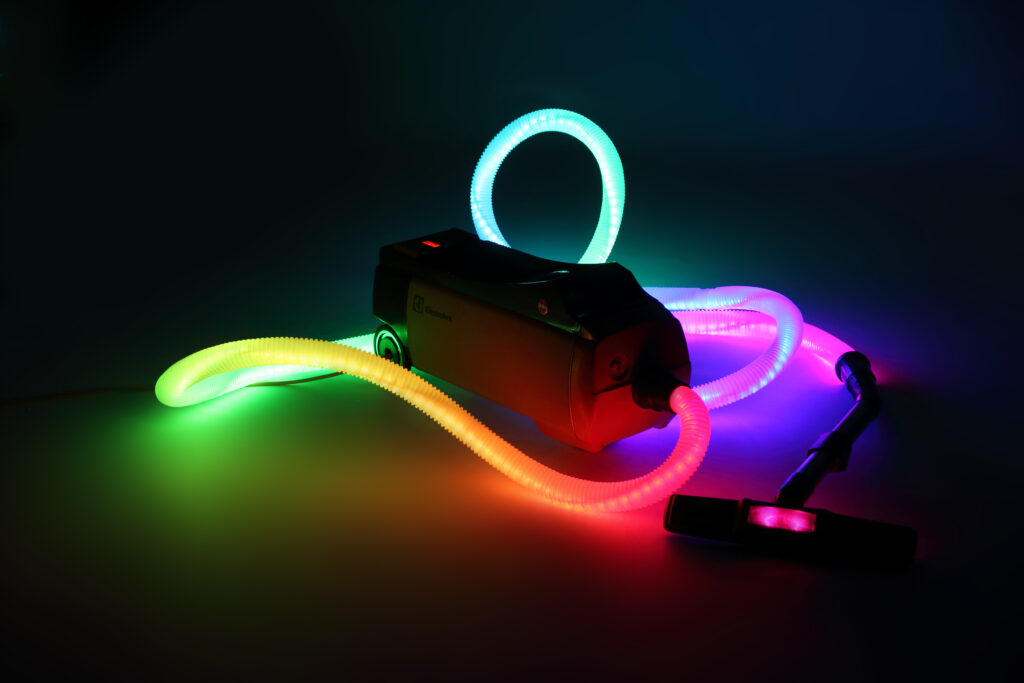Furniture and design is alchemy; it can transmute both spaces and minds. That’s why we take it so seriously at The Australian International Furniture Fair (AIFF) and Decor + Design, connecting the best in the Australian industry at our annual trade exhibition in Melbourne.
For 21 years we’ve also been nurturing next gen talent at the VIVID Emerging Designer Awards, making it Australia’s longest running design competition. Judged by industry heavyweights, the 2024 awards raised the bar yet again, with exceptional work across categories. We particularly love the winner of the 2024 Dulux Colour Award, Kaspian Kan’s Six Sticks.
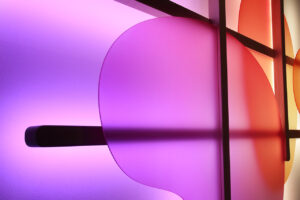 Kaspian’s career trajectory has been unconventional. Her endlessly creative spirit has dived into circus performing, youth work, landscaping and studies in music and engineering, before she discovered her passion – and talent – for furniture design. It’s an area which cradles not only her creativity but her passion fo environmental and social equity.
Kaspian’s career trajectory has been unconventional. Her endlessly creative spirit has dived into circus performing, youth work, landscaping and studies in music and engineering, before she discovered her passion – and talent – for furniture design. It’s an area which cradles not only her creativity but her passion fo environmental and social equity.
Her winning piece Six Sticks (left) harnesses neurodivergent design principles, prioritising sensory comfort, accessibility and emotional wellbeing. Presented by Andrea Lucena-Orr, Colour and Communications for Dulux, at Decor + Design in July, the award recognises Kaspian’s understanding of the science of colour, and the power it has to change minds. We asked Kaspian some questions to unpack the emerging designer’s inspirations and what winning at VIVID means to her.
Kaspian, what’s been your journey to becoming a designer maker? When did you first become interested in design?
My journey to design has been meandering and circuitous, largely driven by an insatiable curiosity about a wide array of topics and a creative spirit. As a kid I entered maths competitions for fun, did craft projects and chemistry experiments after school, and made short films with my friends. Since then, I’ve been a circus performer, youth worker, and landscaper and have studied a variety of courses – from music to engineering, many unfinished in classic ADHD style. Design only popped up on my radar recently. On a whim, I enrolled in a short furniture making course – I wanted to learn how to use power tools, but found a real love for making things with wood.
When the course ended, I knew I had to continue on this path. I found my way to a furniture design degree, which introduced me to new ways to understand design problems and a wealth of techniques for generating and developing ideas. It gave me the confidence to experiment with different materials and explore broader issues, and I became more interested in how design can be used in advocating for social change.
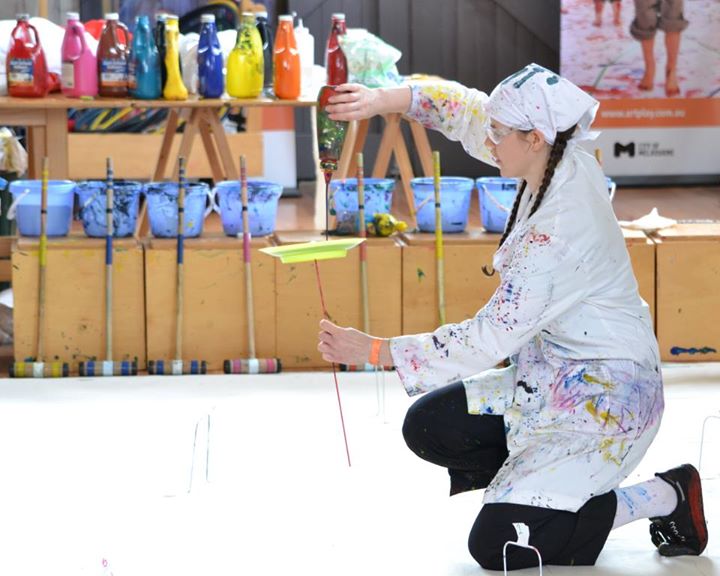
Colour Circus: Kaspian Kan. All images courtesy of Kaspian Kan.
How would you describe your design approach and aesthetic?
My approach is often about searching for meaning, and is rooted in my values around environmental and social equity. I love making things but have always felt uneasy about the waste involved, and the overabundance of stuff we already have in our society.
“So I need to deeply understand the value in making a particular item. I’m interested in the potential for objects to tell stories, highlight important issues, offer opportunities for underserved communities, or inspire enduring connection. These aspects influence my work.”
Research and experimentation are at the heart of this approach. I might study forms in nature, take deep dives into social or environmental issues, or talk to people to understand their experiences. I don’t spend too much time sketching; I need to work with materials and understand how they can be manipulated, and their relationship with each other. There’s a dance between material and conceptual research.
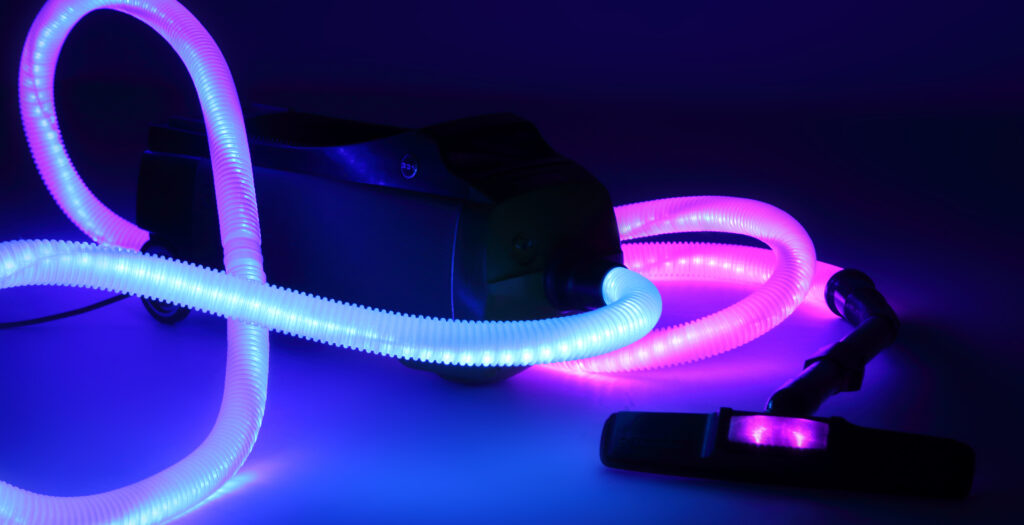
‘Domestic Pleasure’ by Kaspian Kan
My aesthetic reflects my diverse interests and changes from project to project. I might get obsessed by the mathematical detail in designing joinery, or enjoy the feel of freehand power carving; other projects may focus on conveying a narrative through physical objects or prioritising functional solutions. So while the appearance of a particular piece is an essential component of its story, it is typically not the sole focus. There is often a sense of visual simplicity, but a whole lot of detail and experimentation behind the scene.
Your piece Six Sticks received the 2024 Dulux Colour Award at VIVID Emerging Designer Awards. Can you tell us about the ideation and creation of this piece?
Like many neurodivergent people, I am sensitive to lighting, and I wanted to draw on this experience to create a sensory friendly solution. The ideation really began with understanding the diversity of needs and preferences of others in the neurodivergent community and incorporating a balance of these into a range of concepts.
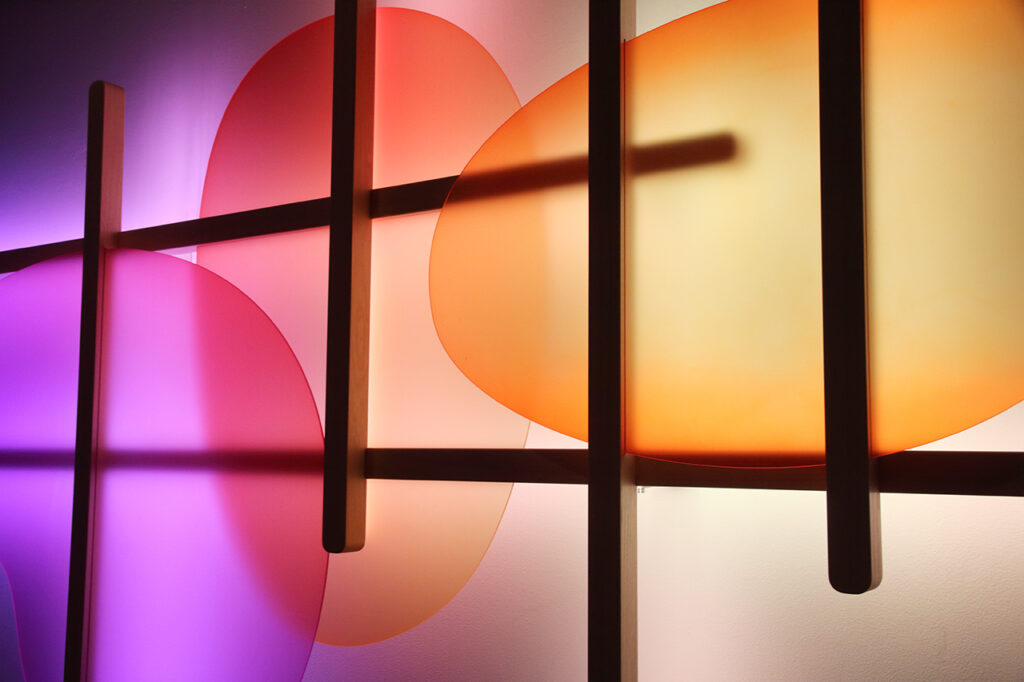
Six Sticks by Kaspian Kan
I also noticed that a lot of sensory lighting products currently available are designed primarily for children, and a lot of discourse refers mainly to children having these conditions, despite them being lifelong. I wanted to create something that specifically considers the needs of adults, and recognises and validates neurodivergent individuals in workplaces and public spaces. The idea was to design a large statement piece for these environments that contributes to a calm, soothing, and engaging atmosphere.
Producing the piece involved a number of challenges and experiments. For example, the harmony of the acrylic panels was important, but I was unable to find a satisfactory colour combination in commercially available sheets. I experimented with dyeing them, which also allowed me to create the gradients you see across each panel, and I think it gives a more inviting and warm feel.
How did you work with neurodivergent communities in the development?
Collaboration with the neurodivergent community was central to the process. I conducted a survey to explore their experiences, needs and preferences for lighting. This survey was designed with their input, to ensure the results accurately captured their perspectives. For example, many participants expressed that multiple-choice questions can be difficult because the options often feel limiting or not applicable to them.
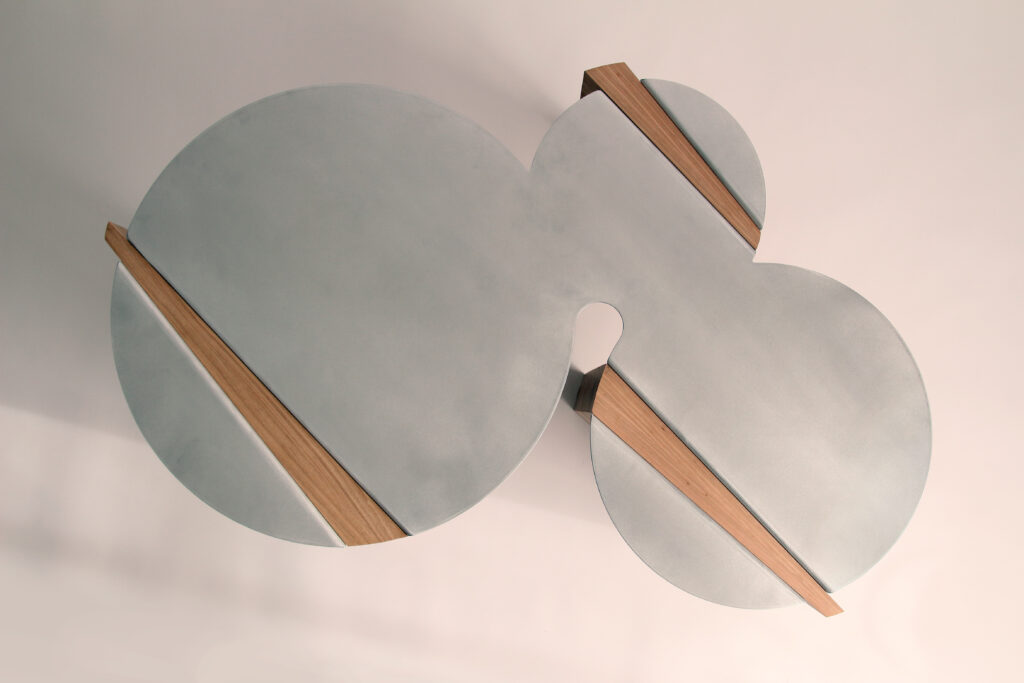
Kaspian Kan
The survey responses guided both functional and aesthetic elements of my initial ideas. For example, many respondents found direct lighting quite uncomfortable, so I explored a variety of ways to avoid that; and curved and organic forms were also a popular preference, so this was incorporated into the designs. A shortlist of concept designs were then translated into scale models and presented back to the community for feedback. The final concept that progressed to prototyping was preferred by a significant majority from the four models presented.
While it was enlightening to see the many commonalities that emerged from the survey, the rich diversity of preferences and needs within these communities is important to consider. For Six Sticks, I incorporated configurable lighting colour and brightness, allowing customisation for specific environments and promoting greater inclusivity.
What current projects are you working on? What’s next?
As a neurodivergent person with chronic illness, I’m currently working out what design and making can look like for me in a sustainable way. There aren’t a lot of examples to look to. While I believe there are many neurodivergent designers out there, the stigma in society often discourages open discussion about our experiences. Autistic individuals have an unemployment rate six times higher than their non-autistic peers, largely due to workplaces having physical, social or cultural factors that do not support our needs, so it’s important to find spaces that allow us to thrive. I’m currently in the process of setting up a workshop and am looking forward to exploring some lighting ideas that have been rattling around in my head for a while.
I believe that including diverse voices is crucial in designing equitable and inclusive futures. However, through my research, interactions with other autistic and ADHD individuals, and in my own experience, traditional pathways into design, such as formal education, often fall short in addressing these diverse needs, so I am also exploring ways in which I can contribute to fostering positive change in this area.
Why are the VIVID Design Awards important for Australian emerging designers?
VIVID is a fantastic platform where innovation, craft, and socially conscious design are celebrated together, creating a wonderful opportunity to connect with others in the field who are just as committed to exploring the potential of design.
“For me, VIVID has been an invaluable opportunity to share my work and values with an audience that appreciates both creativity and the social and environmental stories we tell through our practice. I’m very grateful to Decor + Design and Latitude Group for championing emerging designers like myself and providing a space for our work to be seen and valued.”
We can’t wait to see what Kaspian does next. If you’re an emerging designer, look out for the 2025 VIVID Emerging Designer Awards from 16th – 18th July at Decor + Design, Melbourne Exhibition Centre. Entries will open in March 2025 – register now to receive updates, plus information about the wider exhibition. Australia’s No.1 Interior Design Trade Event, Decor + Design & The Green Design Show will host 200+ exhibitors across indoor and outdoor furniture, soft furnishings, lighting, textiles, art and more.
